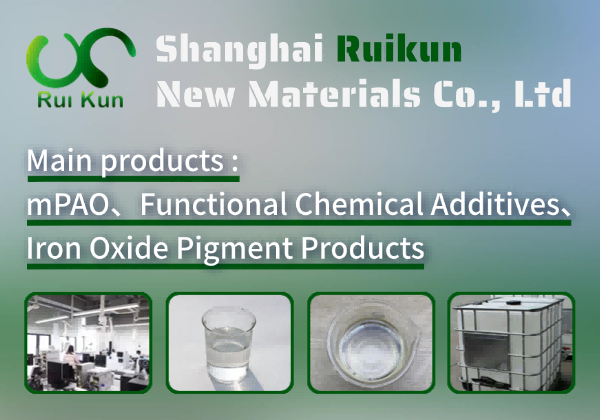What is protonated hydrochloric acid
**Introduction to Protonated Hydrochloric Acid** Protonated hydrochloric acid (HClH⁺) is a highly reactive form of hydrochloric acid where an additional proton (H⁺) is bound to the HCl molecule, forming a short-lived cationic species. This compound is primarily studied in gas-phase chemistry and extreme environments, such as interstellar media or high-energy plasma systems. Due to its enhanced acidity and instability, protonated HCl plays a crucial role in theoretical and experimental research, particularly in understanding proton transfer reactions and acid-base interactions at the molecular level. While not commonly encountered in industrial applications, its behavior provides valuable insights into chemical bonding, catalysis, and astrochemical processes. Research on HClH⁺ contributes to advancements in fundamental chemistry and material sciences.
Preparation Process: To prepare protonated hydrochloric acid (HCl·H⁺, or [H₃O]⁺Cl⁻), dissolve anhydrous hydrogen chloride (HCl) gas in water under controlled conditions. Begin by cooling distilled water to 0–4°C in an ice bath. Bubble dry HCl gas through the chilled water in a fume hood, ensuring slow absorption to prevent excessive heat generation. Monitor the concentration using a density meter or titration until the desired molarity (e.g., 12 M for concentrated HCl) is achieved. Store the solution in a sealed, acid-resistant container (e.g., glass or HDPE) to prevent evaporation or contamination. Use proper PPE due to the corrosive nature of the compound.
Usage Scenarios: Protonated hydrochloric acid (H₂Cl⁺) is primarily used in research and specialized chemical reactions due to its strong acidity and reactivity. It serves as a superacid catalyst in organic synthesis, facilitating reactions like alkylation and isomerization. In analytical chemistry, it aids in studying proton transfer mechanisms and acid-base behavior. H₂Cl⁺ is also employed in mass spectrometry as an ionizing agent to detect trace compounds. Its high proton-donating ability makes it valuable for generating reactive intermediates in laboratory settings. Additionally, it helps investigate extreme acid environments, such as interstellar chemistry or industrial processes requiring ultra-strong acids.
protonated hydrochloric acid Basic Info
protonated hydrochloric acid Price
China: $0.30 - $0.70 per liter
Russia: $0.40 - $0.80 per liter
Germany: $0.60 - $1.20 per liter
India: $0.20 - $0.60 per liter
Japan: $0.70 - $1.20 per liter
Brazil: $0.40 - $0.90 per liter
South Korea: $0.50 - $1.00 per liter
Philippines: No results
United Kingdom: $0.70 - $1.30 per liter
France: $0.60 - $1.10 per liter
Mexico: $0.30 - $0.80 per liter
Canada: $0.60 - $1.10 per liter
South Africa: $0.40 - $0.90 per liter
Egypt: $0.30 - $0.70 per liter
Turkey: $0.50 - $1.00 per liter
Thailand: $0.50 - $1.00 per liter
Indonesia: $0.40 - $0.90 per liter


 沪ICP备2021018848号-5
沪ICP备2021018848号-5

